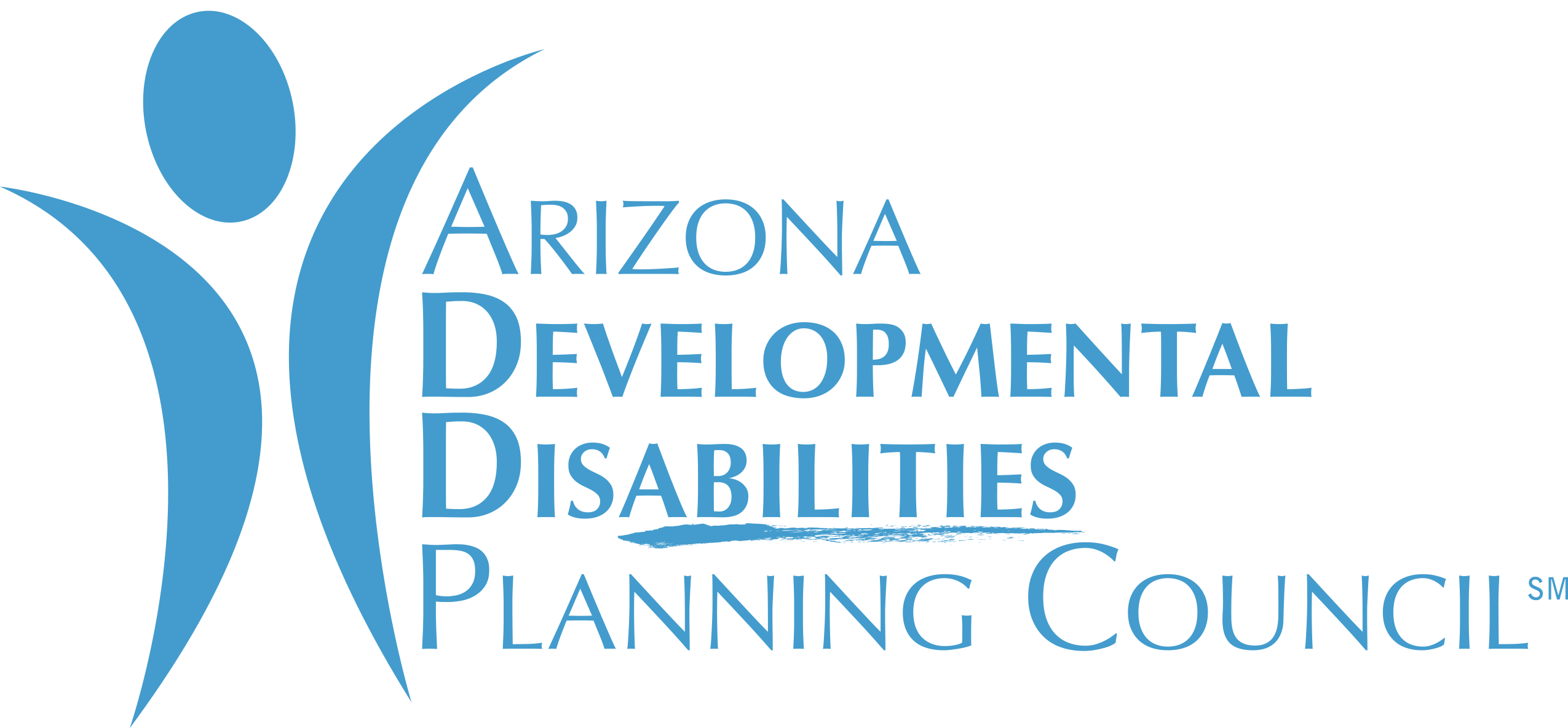Developmental Disabilities and Prison - A Brief Perspective

This week's blog is offered by Ryann Rooney, our student intern from Arizona State University who's majoring in Sociology. She plans on graduating in May 2014.
By: Ryann Rooney, ADDPC Intern
You've probably heard the discussions of how prison in our American culture is a principle means of maintaining social order through the removal of offenders from the mainstream of life. This reality contains a strange paradox for persons with developmental or other types of disabilities, since it's likely that through individual life experiences leading up to incarceration, they've struggled to move from the periphery of their communities to be more fully engaged as contributing participants. Incarceration for a person with developmental disabilities is a double-whammy of sorts, since the individual becomes further removed from eventual community integration due to the labels that are attached to offenders and ex-offenders. The prison experience itself is based on methods of segregating individuals with special designations as a means of protecting vulnerable populations. As a result, inmates with special needs may be housed in closed or limited housing areas that don't allow full participation in the diversified prison environment. Interestingly, these types of arrangements in prison can reflect many of the limitations of life in the community where a person with a developmental disability may be limited to special classrooms, segregated housing and segregated employment. Listed below are some additional thoughts -
- When a student is repeatedly expelled or suspended from school, whether or not they have a disability, they are more likely to drop out.
- Students who drop out of school are 7 times more likely¹ to be sent to prison.
- Students with a disability are disproportionately disciplined compared to students without a disability.
- A review of research which gathered information from 7,000 school districts in the United States has found that students with a disability are 2 times more likely to be suspended than their counterparts.²
- By making available education, outreach, and person centered resources, it has been found that individuals with disabilities face less adversity when they become involved with the criminal justice system.
- Many times persons with disabilities don't know their individual rights, which in turn allows the criminal justice system to either taking advantage of or misunderstand them.³
- Creating increased awareness by training police officers, court officials, and judges on disabilities and how to interact with disabled persons will help safeguard against misunderstandings.4 Creating a heightened awareness of disabilities not only educates the community about disabilities but also promotes inclusion. Educating persons with disabilities on the criminal justice system, what their rights are, and how to protect their rights will defend against people taking advantage of them.
- When someone with a disability enters into the criminal justice system through an arrest, felony, or misdemeanor they are seen as an easy target for discrimination and abuse. These concerns can be addressed by diagnosing and understanding the person's disability upon entry into the system.
- Once in prison, a disabled person should be assessed to determine whether or not they can be placed in general population.5 Correctional Offices should be tasked to pay close attention to other inmates and observe them to see if they are bullying or targeting a person with disabilities. Not allowing victimization is essential to ensuring safety and function effectively.
- Not segregating persons with disabilities due to inadequate understanding or knowledge of how to manage their needs should be avoided at all costs.
- As inmate status allows, providing an opportunity for work, and enrollment in educational or other support programs allows for increased adjustment to the prison environment.6
- Medical or cognitive resources should be readily available to a prisoner with disabilities if their entrance assessment proves it's necessary.7
Upon release, inmates with developmental disabilities should be assisted with transitioning back into the community with a focus on obtaining essential services such as employment supports, rehabilitation services, housing, and medical care. Inmates with qualifying disabilities who are transitioning should be routed to the application process for Supplemental Security Income (SSI) and/or Social Security Disability Insurance (SSDI0 programs to maximize use of public benefits as a strategy for successful community reentry). Other options including conditional release and release on compassionate grounds should not be overlooked because of disability.8
References:
1 Fowler, Renaldo. "Discipline, Restraint and Seclusion and School to Prison Pipeline." The Arizona Center for Disability Law. N.d. ACDL. The Arizona Center for Disability Law. Microsoft PowerPoint file. 11 Dec. 2013
2 Ibid. "Discipline, Restraint and Seclusion and School to Prison Pipeline."
3 Davis, Leigh Ann. "People with Intellectual Disabilities in the Criminal Justice System: Victims & Suspects." The Arc. The Arc, Aug. 2009. Web. 11 Dec. 2013
4 Ibid, "People with Intellectual Disabilities in the Criminal Justice System: Victims & Suspects."
5 United Nations. United Nations Office on Drugs and Crime. Handbook on Prisoners with special needs. New York: United Nations Publication, 2009. Web.
6 Ibid, Handbook on Prisoners with special needs.
7 Ibid, Handbook on Prisoners with special needs.
8 Ibid, Handbook on Prisoners with special needs.






